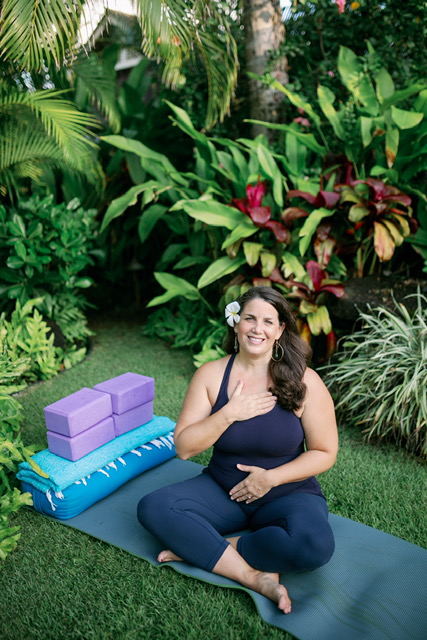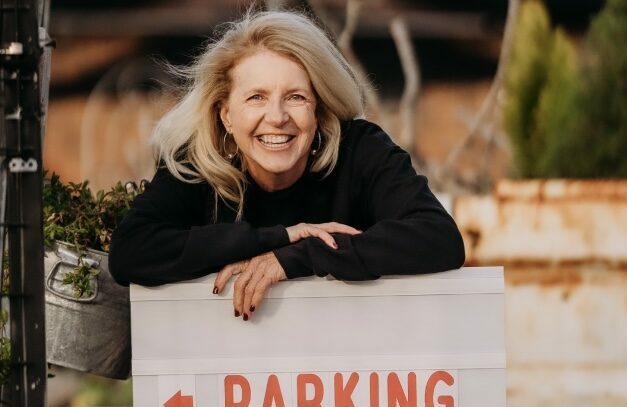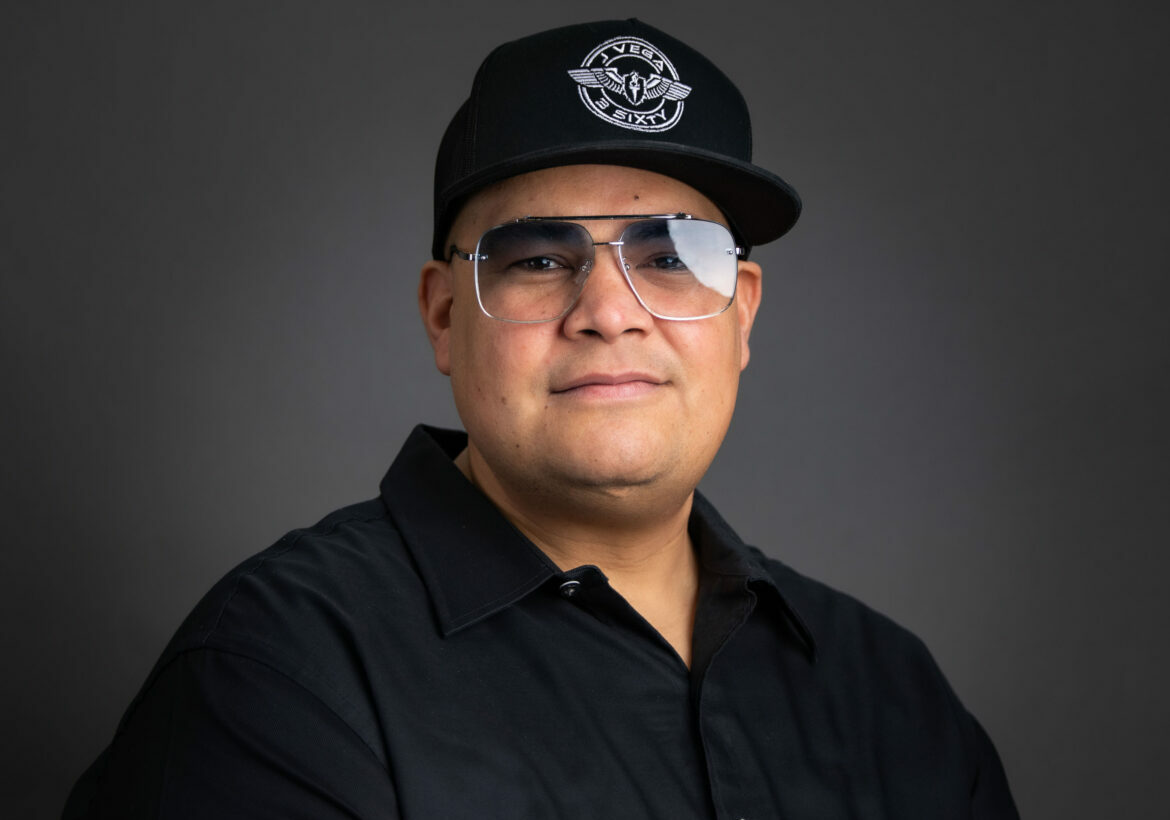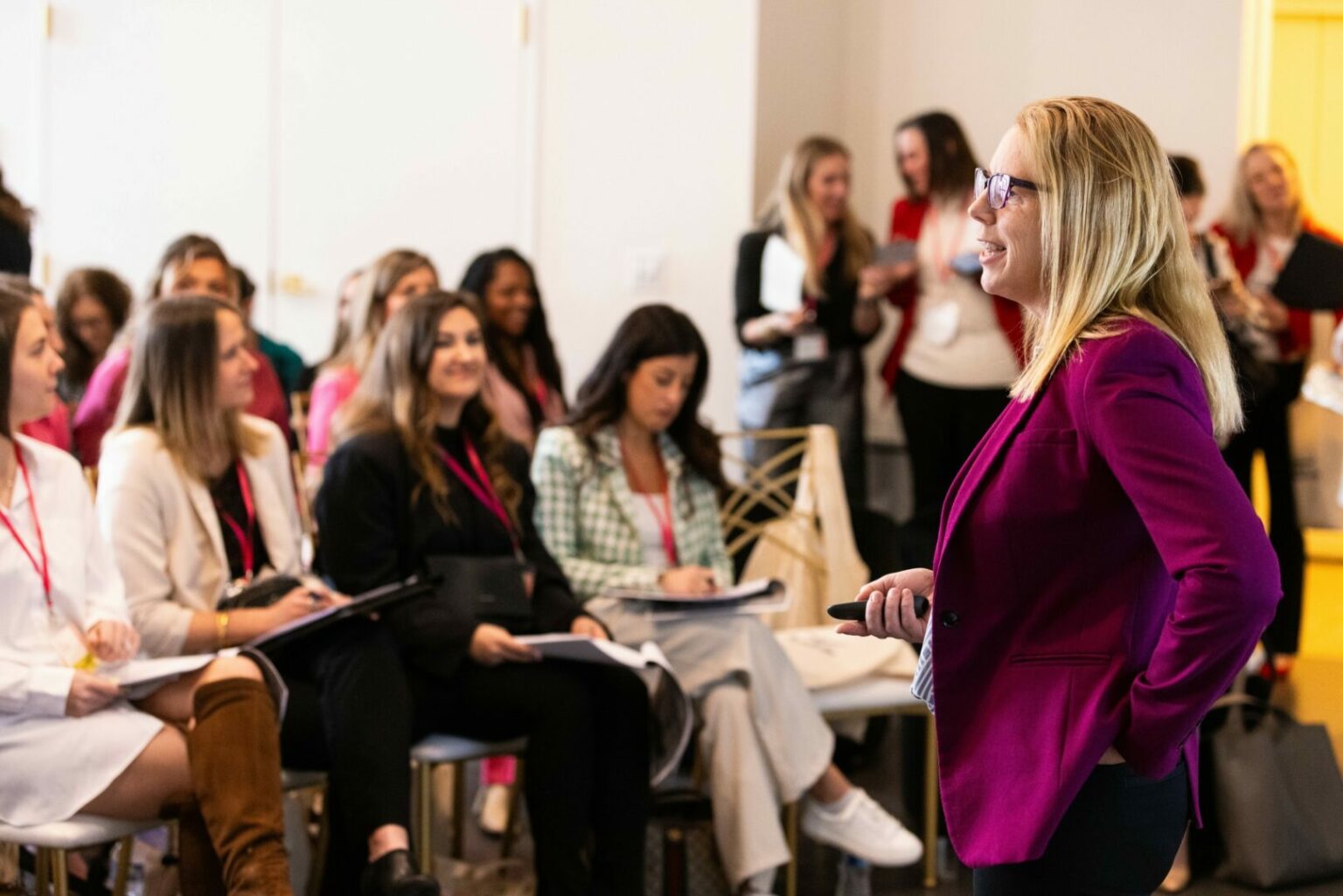We recently connected with Sarah Snyder and have shared our conversation below.
Hi Sarah, so happy to have you on the platform and I think our readers are in for a treat because you’ve got such an interesting story and so much insight and wisdom. So, let’s start with a topic that is relevant to everyone, regardless of industry etc. What do you do for self-care and how has it impacted you?
As a Licensed Therapist and Embodiment Coach, self-care has become more than an essential skill for my holistic health – it is an act of radical self-love. But it hasn’t always been this way. For decades, I was stuck in codependent cycles of putting others’ needs before my own, which resulted in me feeling anxious, stressed, heartbroken, and burned out on repeat. I was overgiving, overworking, overempathizing, and overcommitting to the point of losing my own sense of self and sanity.
Fortunately, I discovered the practice of yoga in my mid 20’s, which gave me a weekly time, space, and opportunity to attune inward rather than outward in a safe structured way. What I learned through deepening my yoga practice through a life changing 200 hour yoga teacher training in Hawaii in 2012, is that practice of yoga is so much more than asana (poses). Like the Bodhi tree, yoga provides an 8 limbed guide to achieving a state of divine union with our highest self.
For someone who lived most of her life as a codependent people pleaser, learning how to attune to and embody my own thoughts, feelings, needs, and boundaries was life altering. I remember lying in savasana (a final resting pose in most hatha yoga classes) with tears streaming down my face as I allowed myself to let go of my need for control for the first time in my adult life.
Fast forward twenty years, and I am both teaching and living the 8 limbs of yoga as a tool for radical self love. Again, because yoga offers us an 8 limbed path toward self-transcendence, my self-care integrates 3 core principles, which are rooted in neuroscience, psychology, and yoga – I call this 3-tiered proprietary system my Embodied Paradise Method.
Step 1: I create my own personal paradise daily through experiential evidenced based somatic tools, which ground me into my body and shift me out of a sympathetic stress state into a parasympathetic relaxation state. These somatic self-soothing tools include taking mindful moments, practicing meditation, grounding into my 5 senses, regular movement through exercise and hatha yoga, monthly massages and daily self-massage, 7-8 hours of sleep nightly, daily intentional rest (often in the form of nightly restorative poses and yoga nidra, which is yogic sleep), daily contrast showers, weekly dips in the ocean, regular play time with my son, and safe social connection with friends. Each of these tools help to create safety in the body by stimulating the vagus nerve, which is like a superhighway for mental health because it allows us to counteract our body’s unconscious stress responses.
Step 2: Once the body feels safe, calm, and grounded, I aim to consciously reframe my anxious thoughts through intentional self-reflection and self-compassion to build awareness of and reframe unhealthy thought patterns and behaviors. While it took me years of therapy to identify and work toward healing my patterns of codependency, perfectionism, anticipatory anxiety, and people pleasing, I am now able to catch and reframe distorted thoughts before they send me spiraling. As a result, I am able to set healthy boundaries personally and professionally in order to better balance my work and home responsibilities. It’s still not perfect, but I’ve come a long way toward a healthier work-life balance!
Step 3: Finally, once we create safety in both body and mind, I use elite embodiment practices, which are essentially radical self love practices that bring me back home to the core of who I am on a soul level. Here are some examples of what it means to embody your highest, wisest, and most authentic elite self:
It means learning how to sit in and hold space for all of your emotions.
It means leaning into discomfort, risk, and even failure.
It means loving yourself unconditionally.
It means unapologetically owning all parts of yourself.
It means empathizing with others but not being responsible for their emotions or emotional reactions.
It means honoring your body, mind, and spirit.
It means practicing self-compassion even on hard days.
It means looking in the mirror and seeing the love that you are reflecting back at you.
These radical self love practices allow me to embody the elite (best) version of myself in body, mind, and soul. In fact, I actually used my Embodied Paradise Method to heal from Bells Palsy last September in just 3 weeks. True story! It was a wildly empowering experience to feel my own facial nerves regenerate thanks to these evidenced based emotional regulation practices. And I have witnessed hundreds of therapy and coaching clients heal and optimize their own nervous system patterns through this evidenced based methodology.
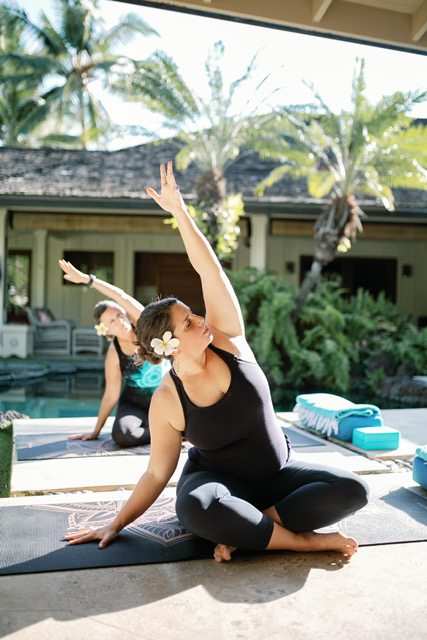
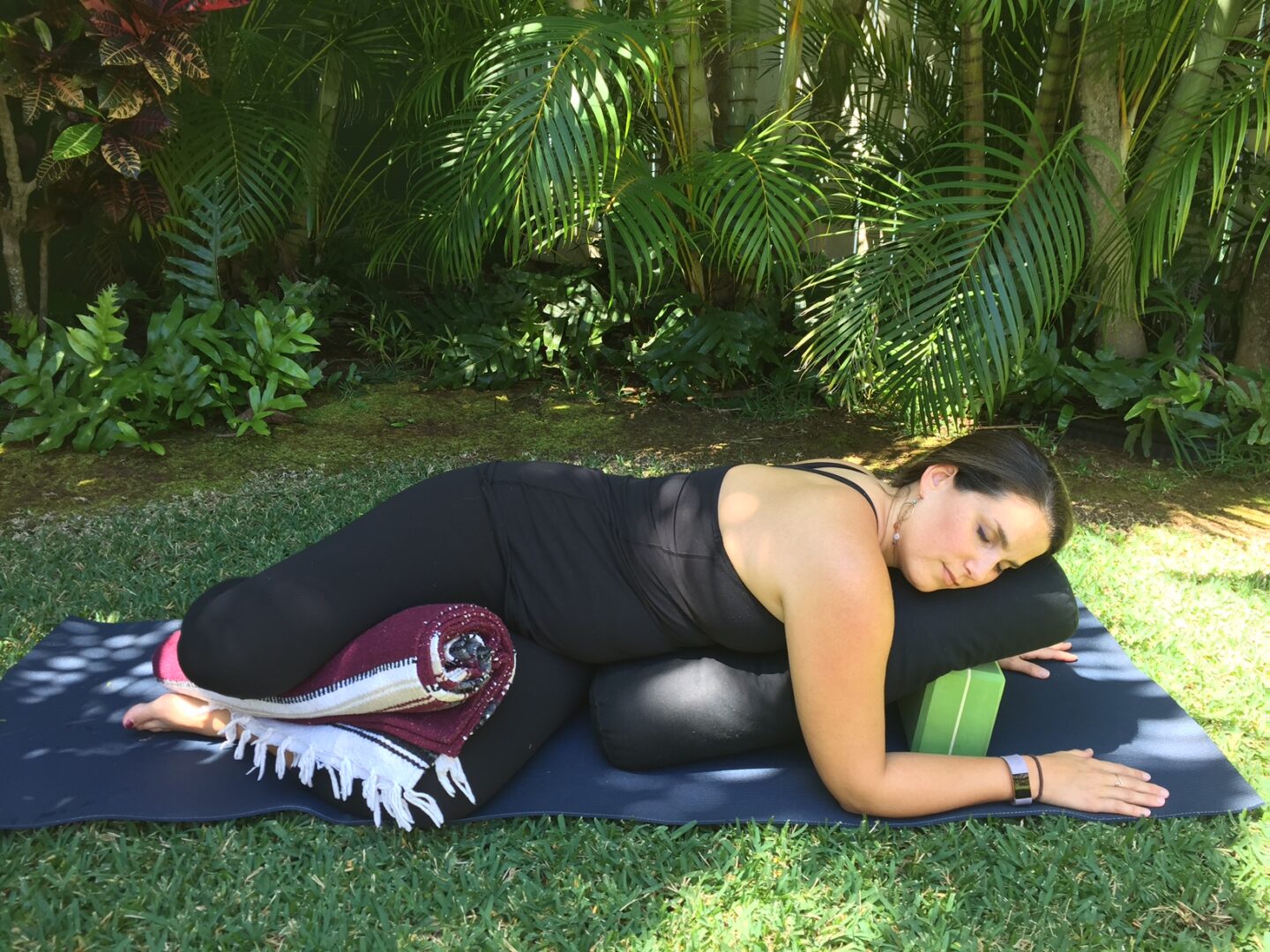
Thanks, so before we move on maybe you can share a bit more about yourself?
As an LCSW, RYT-200, and Embodiment Coach in Hawaii, I help my clients, who are mostly girls and women, create their own personal paradise through brain and body optimization. I run a full time therapy practice and a part time coaching practice, which allows me to integrate my talents as a counselor, yoga teacher, and certified brainspotting practitioner.
Brainspotting is a cutting edge mind/body technique for emotional expansion that targets the subconscious and somatic body. A derivative of EMDR, Brainspotting is an evidenced-based, neuroscience meets intuition method founded by David Grand, PhD, that can yield a tremendous expansion of positive emotions, such as joy, gratitude, and self-compassion.
After observing hundreds of clients in my private therapy practice struggle with similar issues of codependency, perfectionism, people pleasing, and anxiety, I discovered that my clients are simply stuck in trauma-based patterns that impact their nervous system. This is why I created my Malama Membership Circle – a virtual mental health membership for women teaching evidenced based tools that traditional therapy never taught you about holistic health.
In Hawaiian culture, “malama” means “to care, nurture, and protect.” My trauma-informed Malama Membership Circle provides women with a safe sacred space to learn how to nurture body, mind, and soul through monthly bundles of interactive, on-demand mental health trainings, monthly virtual women’s circles, quarterly individualized brainspotting sessions, and weekly messaging support.
I absolutely LOVE what I do and am constantly in awe that I get paid to hold these safe, sacred virtual and in-person, abounding circles for women. As part of my coaching practice, I also offer workshops and mini-retreats that teach my Embodied Paradise Method, such as my Recalibration Retreats, Yoga Circle for Teen Girls Workshops, and my most recent Yoga and Brainspotting Workshops.
In my workshops and retreats, I integrate three embodiment practices – restorative yoga, yoga nidra, and brainspotting, which allow for a profound opening and intuitive connection in body, mind, and soul. Restorative yoga is a slow, gentle sequence of supported poses held for 3-7 minutes, allowing for deep opening, release, relaxation, and grounding. Yoga nidra, also known as “yogic sleep” or “effortless relaxation”, is a regenerative guided meditation practice that moves you into a profoundly restful state between sleep and wakefulness. Restorative yoga and yoga nidra are both deeply effective tools that activate the parasympathetic nervous system, which counteracts our body’s stress responses, and invites expansive sensations into body, mind, and soul.
These practices combined with group expansion brainspotting allow us to peel back our rough outer layers of stress, tension, and in many cases, trauma, so that we can access and embody the refreshing, authentic, vibrant core of who we are. This is what I call elite embodiment – coming back home to our most authentic, elite self. If you are curious to experience this kind of profound homecoming, check out my free mini-series on my website, www.aboundingcircles.com/series, which will guide you through 3 short on-demand trainings breaking down my innovative Embodied Paradise Method and including a free 15 minute expansion embodiment practice. You might also enjoy checking out my resources page (www.aboundingcircles.com/resources), which has several free yoga nidra recordings and meditations. Finally, I created my Radical Self Love Affirmation Card Deck for Girls and Women (available for purchase in my website store) thanks to inspiration from my amazing clients, who are courageously and consciously reframing their internal dialogue through these affirmations, mantras, and san kalpas (heartfelt intentions).
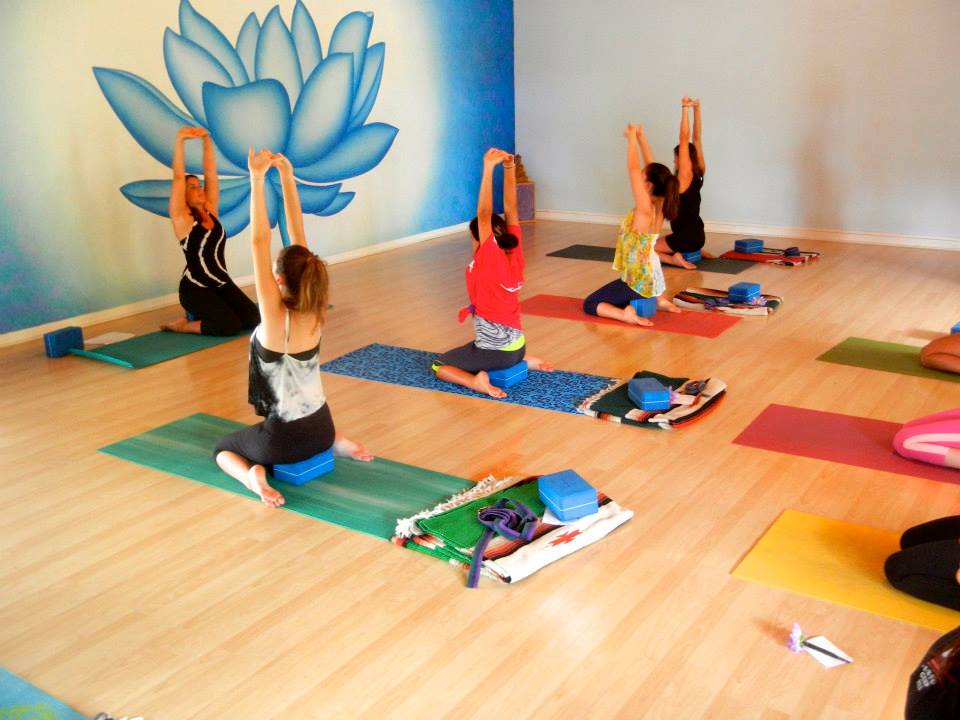
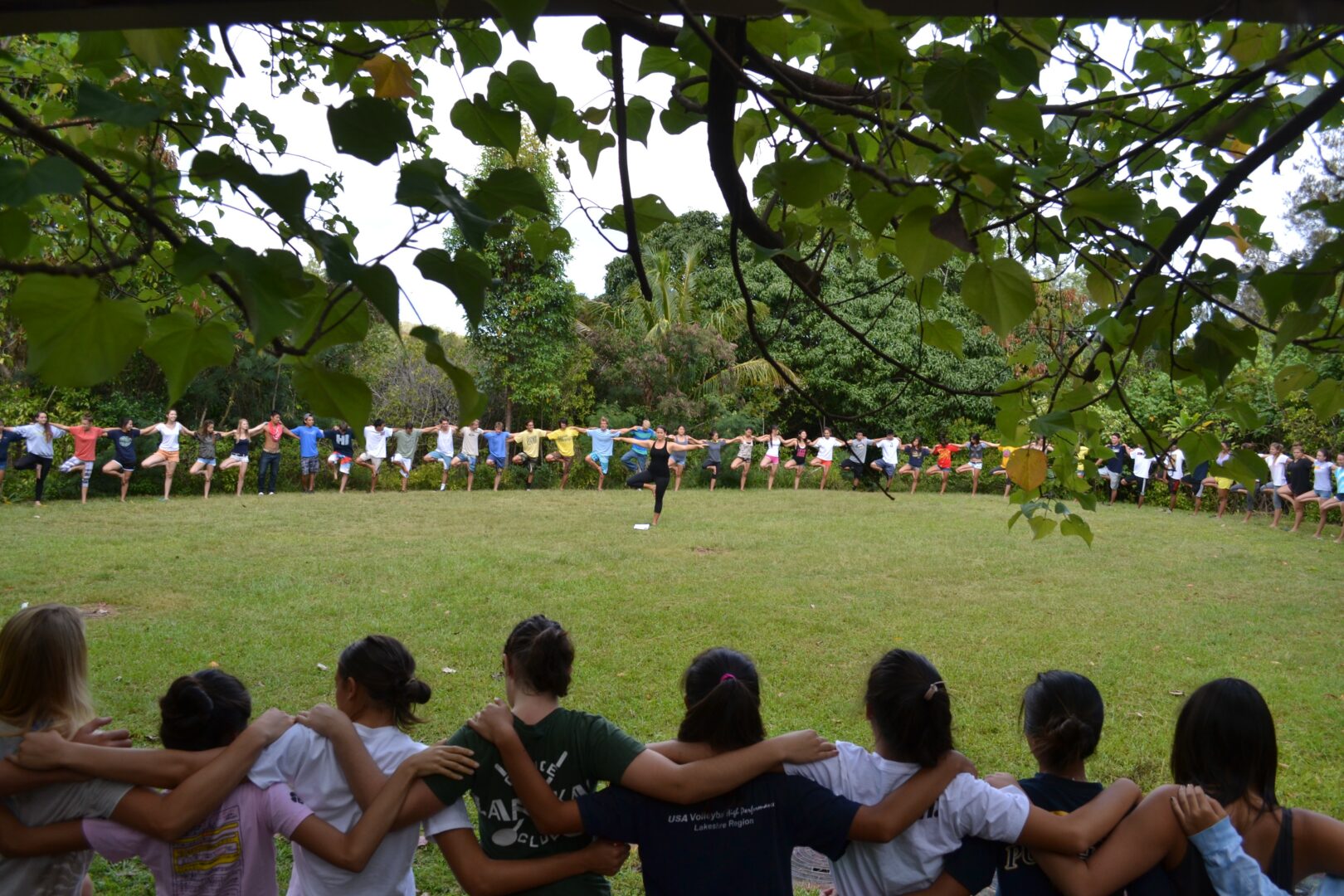
If you had to pick three qualities that are most important to develop, which three would you say matter most?
Three of the most impactful things I have learned during the past four decades are:
1) Connection matters – Our brains are literally wired for connection as human beings, and we all desire to feel seen, heard, and valued. Growing up, I was privileged to attend an all girls camp on the crystal coast of North Carolina. This camp provided me with safe social connection with my first circles of girls and women. It truly changed my life by teaching me that who I am on the inside matters more than who I am on the outside. For a teenage girl, this knowledge, that my character counts and who I am is enough, was priceless. Camp Seafarer has always been my inspiration for the abounding circles I have created in Hawaii. For girls and women currently struggling with self-esteem, body image, identity, and self-compassion, know that you are not alone and there is so much support out there to help you feel more connected to yourself and your community.
2) Vulnerability is a superpower – Many people are raised to fear vulnerability as a weakness or something shameful. In my two decades in the education and mental health fields, I can confidently assure you that the ability to feel, identify, move through, express, and regulate your emotions takes tremendous courage; and the coolest part is that it is contagious. As a former high school counselor who taught psychosocial guidance classes with teens for over a decade, I have learned that all it takes is one soul who is brave enough to share from a place of vulnerability for others to feel safe enough to take that same risk. As Brene Brown says – “vulnerability is the birthplace of connection.” I believe that if we all were a little more vulnerable and authentic – in real life, and online – we would feel more connected to ourselves and each other
3) Rest IS productive – This is one of the hardest cognitive distortions for girls and women to embrace, because we are systematically conditioned by society and the patriarchy to feel like we are never doing enough, like we can never have enough, and like who we are is never good enough. As a result, we overgive, overcommit, over-empathize, and over work all for the sake of achieving some external measure of validation. But what would happen if we (as girls and women) gave ourselves permission to slow down, to intentionally rest, and to be enough just as we are. If we can start to understand that our brain and body require us to spend time in our parasympathetic system rather than walking around in sympathetic nervous system hyperarousal (i.e. anxious survival mode), we can finally embody a more joyful, rested, vibrant version of ourselves.
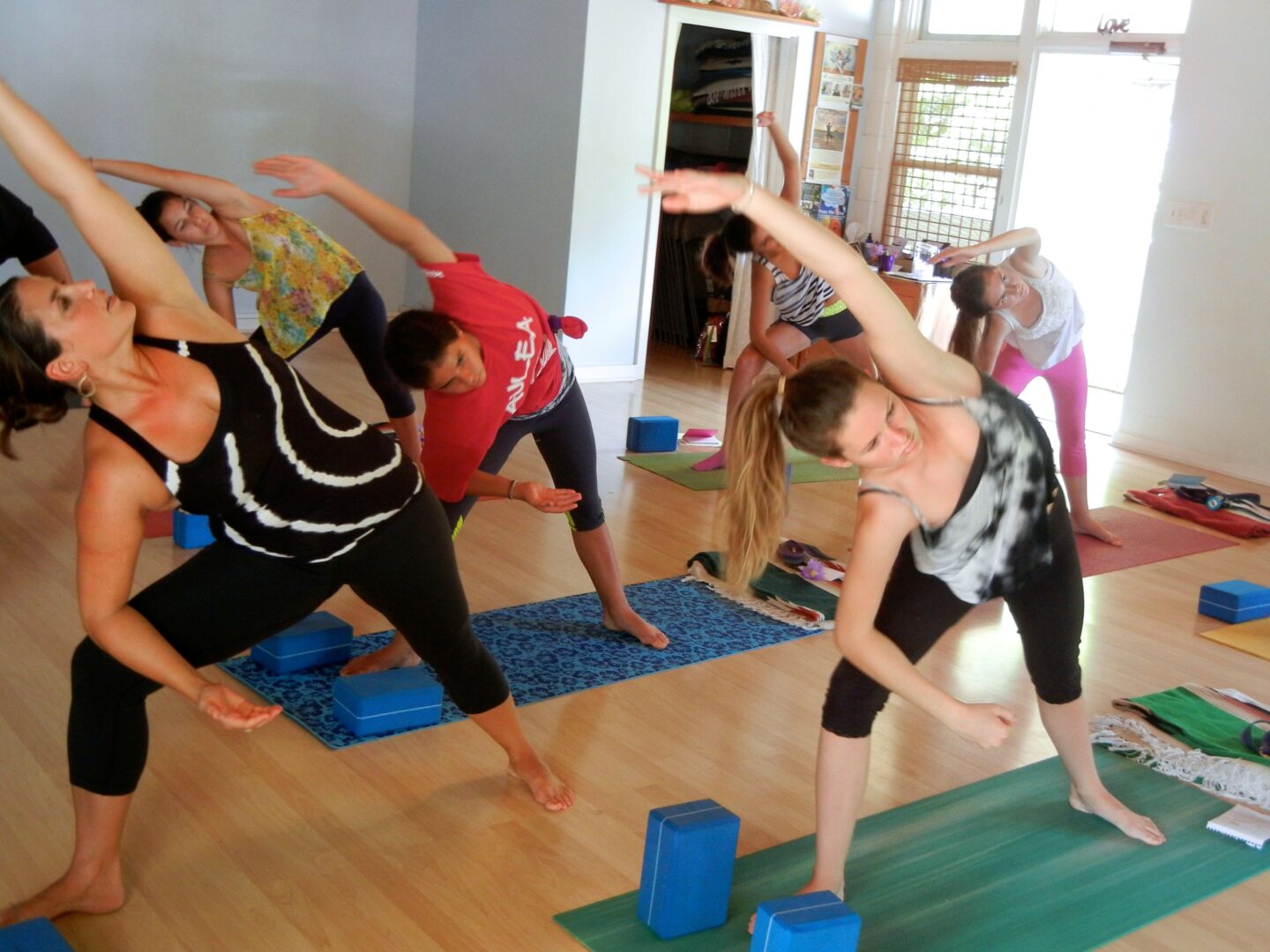
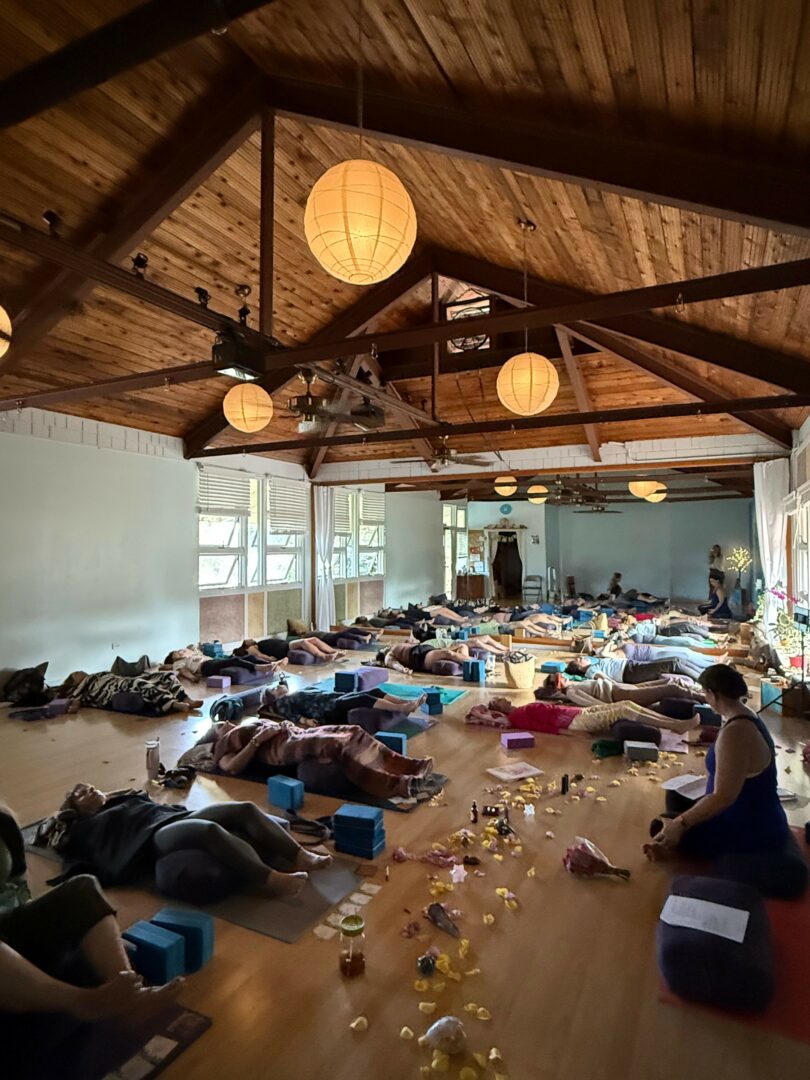
Before we go, any advice you can share with people who are feeling overwhelmed?
When I feel overwhelmed, I use somatic soothing tools to ground into my body. Here are four examples of what I do when I’m overwhelmed:
1) Ground through the 5 senses – I identify “Something I see, hear, smell, taste, and touch in this moment…” For example, I might bring awareness to the lush greenery outside or to the sound of the birds outside. I might use an essential oil to help me take slow deep breaths in and out while smelling lavender or peppermint scents. I might take a sip of cold water and notice the experience of the cold in my mouth. I might bring awareness to the soles of my feet or whatever is touching the earth and feel that sensation of my feet pressing into the earth.
2) Slow my breathing – I notice my breath (without judging it) and then I intentionally try to match my inhalation with my exhalation breath (this is called “equal breathing”). Then I aim to deepen my exhalation breath, which stimulates the vagus nerve that runs through the diaphragm and tells my brain “I am safe”, meaning it helps me to switch from sympathetic (stress) mode to parasympathetic (rest and digest) mode.
3) Connect to my body – I allow myself to locate where in my body feels calm and grounded – even if it’s just 1% of my body, I try to notice that sensation and connect to it somatically. Sometimes I move my body through exercise, yoga, dancing, etc. in order to feel more grounded and connected physically.
4) Emotionally Release – I might cry, shake, bounce, kickbox, exercise, scream underwater or yell in my car, etc. to release whatever pent up sympathetic energy needs to be released. So many people avoid feeling and releasing this kind of energy, but it feels amazing once you learn how to safely embrace and embody this kind of release. Shaking for trauma release is actually one of the somatic tools I used to heal my body from Bells Palsy in 3 weeks last September. And there is so much science that backs up these tools. Not only does this type of emotional release allow us to complete our stress response cycle, which prevents us from getting stuck in the tunnel of emotion that leads to burnout, but also we know that animals in the wild shake vigorously to release their sympathetic survival energy after playing dead (i.e. going into freeze mode) with a predator before they jump up and run away to safety. Humans are the same – whether we are in sympathetic hyperarousal (i.e. feeling anxious, panicked, restless, etc.) or if we in parasympathetic hypoarousal (i.e. burned out, depressed, lethargic, stuck, frozen, dissociative/disconnected from ourselves) – we need to find healthy releases for our emotional energy. This is just some of what I teach in my mental health membership for women.
Contact Info:
- Website: https://www.aboundingcircles.com
- Instagram: https://www.instagram.com/womenswellnesscirclehawaii/
- Facebook: https://www.facebook.com/SarahRebeccaSlater/
- Linkedin: https://www.linkedin.com/in/sarahslatersnyder/
- Youtube: https://www.youtube.com/@SarahSlaterSnyder
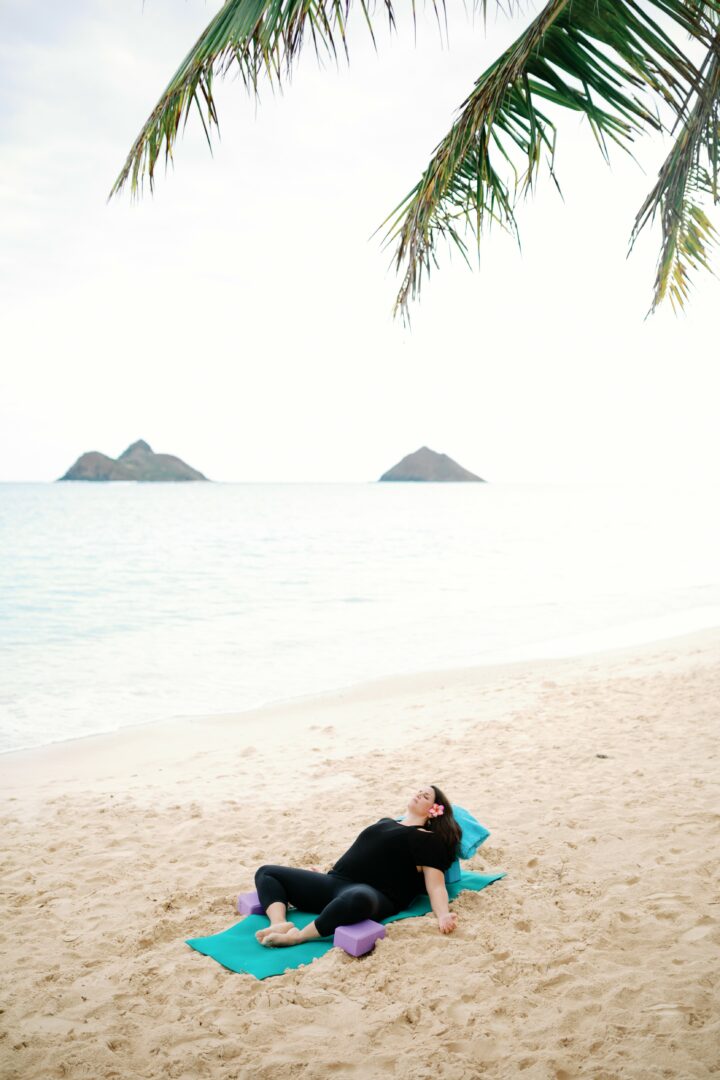
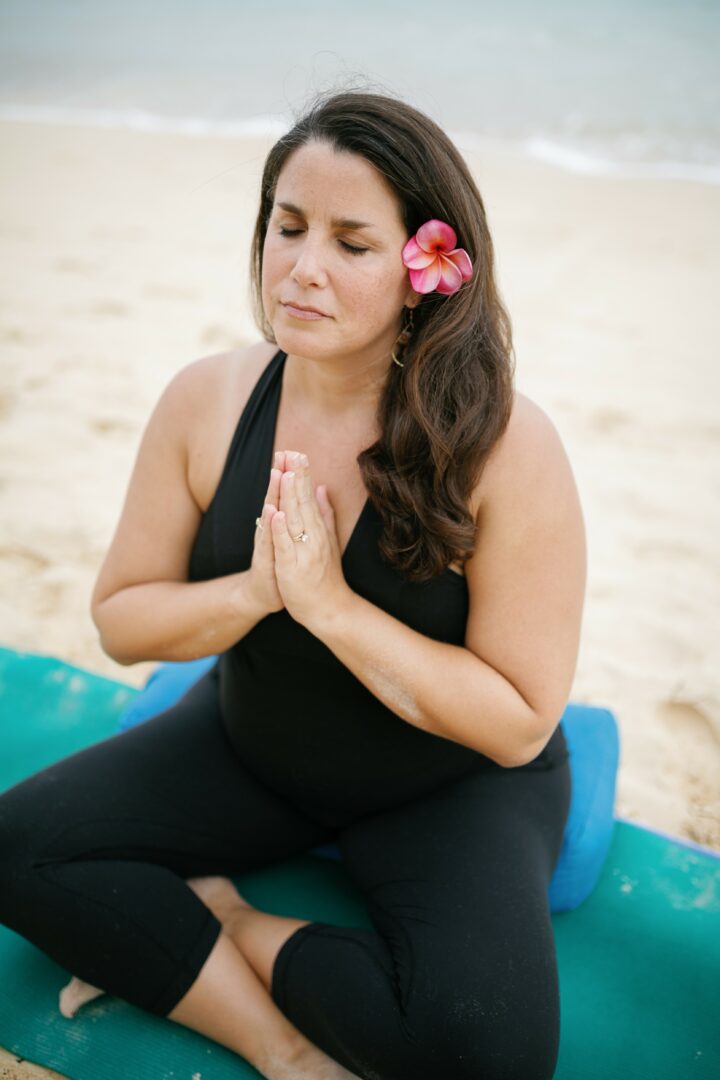
Image Credits
Mia Yoshioka
so if you or someone you know deserves recognition please let us know here.

